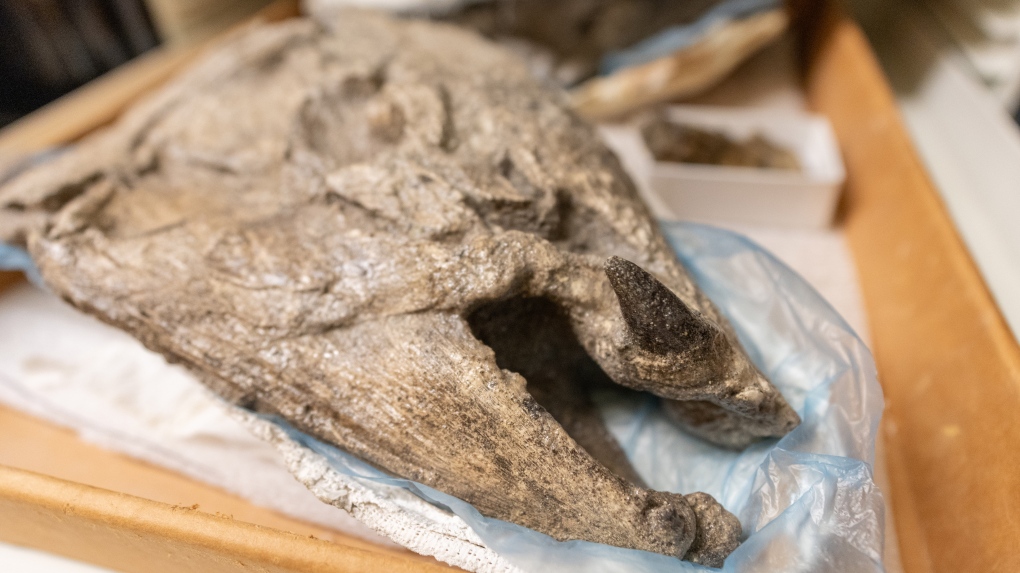A newly arrived Russian science lab briefly knocked the International Space Station out of position Thursday when it accidentally fired its thrusters.
For 47 minutes, the space station lost control of its orientation when the firing occurred, a few hours after docking, pushing the orbiting complex from its normal configuration.
The station’s positioning is key for getting power from solar panels and for communications. Communications with ground controllers also blipped out twice for a few minutes.
Flight controllers regained control using thrusters on other Russian components at the station to right the ship and it is now stable and safe, NASA said.
“We haven’t noticed any damage,” space station program manager Joel Montalbano said in a late afternoon news conference. “There was no immediate danger at any time to the crew.”
‘A pretty exciting hour’
Montalbano said the crew didn’t really feel any movement or any shaking. NASA said the station moved 45 degrees out of attitude, about one-eighth of a complete circle. The complex was never spinning, NASA spokesman Bob Jacobs said.
NASA’s human spaceflight chief Kathy Lueders called it “a pretty exciting hour.”
The incident caused NASA to postpone a repeat test flight for Boeing’s crew capsule that had been set for Friday afternoon from Florida. It will be Boeing’s second attempt to reach the station before putting astronauts on board; software problems botched the first test.
Russia’s long-delayed 20-tonne lab, called Nauka, arrived earlier Thursday, eight days after it launched from the Russian launch facility in Baikonur, Kazakhstan.
Lab launch repeatedly delayed
The launch of Nauka, which will provide more room for scientific experiments and space for the crew, had been repeatedly delayed because of technical problems. It was initially scheduled to go up in 2007.
In 2013, experts found contamination in its fuel system, resulting in a long and costly replacement. Other Nauka systems also underwent modernization or repairs.
Stretching 13 metres long, Nauka became the first new compartment for the Russian segment of the outpost since 2010. On Monday, one of the older Russian units, the Pirs spacewalking compartment, undocked from the space station to free up room for the new lab.
Still work to be done on Nauka
Nauka will require many manoeuvres, including up to 11 spacewalks beginning in early September, to prepare it for operation.
The space station is currently operated by NASA astronauts Mark Vande Hei, Shane Kimbrough and Megan McArthur; Oleg Novitsky and Pyotr Dubrov of Russia’s Roscosmos space corporation; Japan Aerospace Exploration Agency astronaut Akihiko Hoshide and European Space Agency astronaut Thomas Pesquet.
In 1998, Russia launched the station’s first compartment, Zarya, which was followed in 2000 by another big module, Zvezda, and three smaller modules in the following years. The last of them, Rassvet, arrived at the station in 2010.
Russian space officials downplayed the incident with Dmitry Rogozin, head of Roscosmos, tweeting: “All in order at the ISS. The crew is resting, which is what I advise you to do as well.”






More Stories
Giant prehistoric salmon had tusk-like spikes used for defence, building nests: study
Biden just signed a bill that could ban TikTok. His campaign plans to stay on the app anyway
Possible U.S. ban on TikTok nears after Senate passes legislation – National | Globalnews.ca